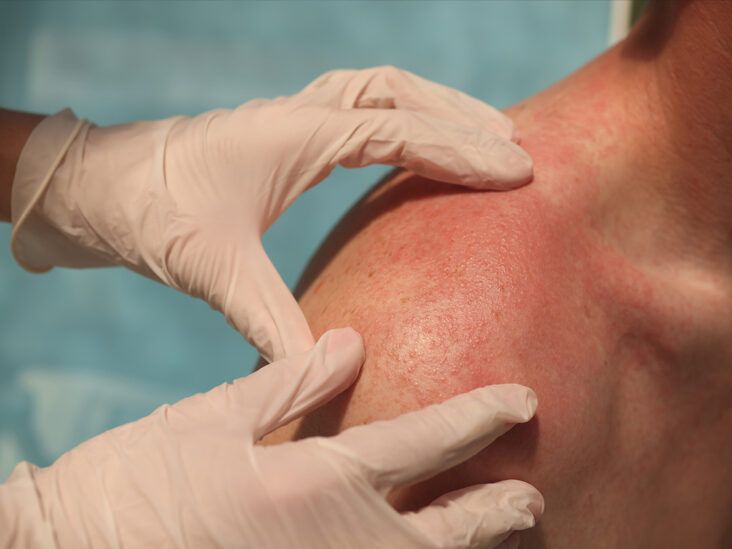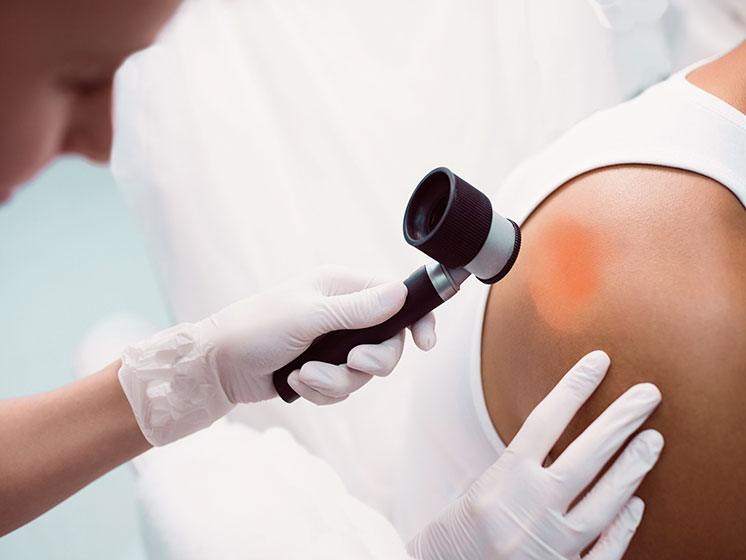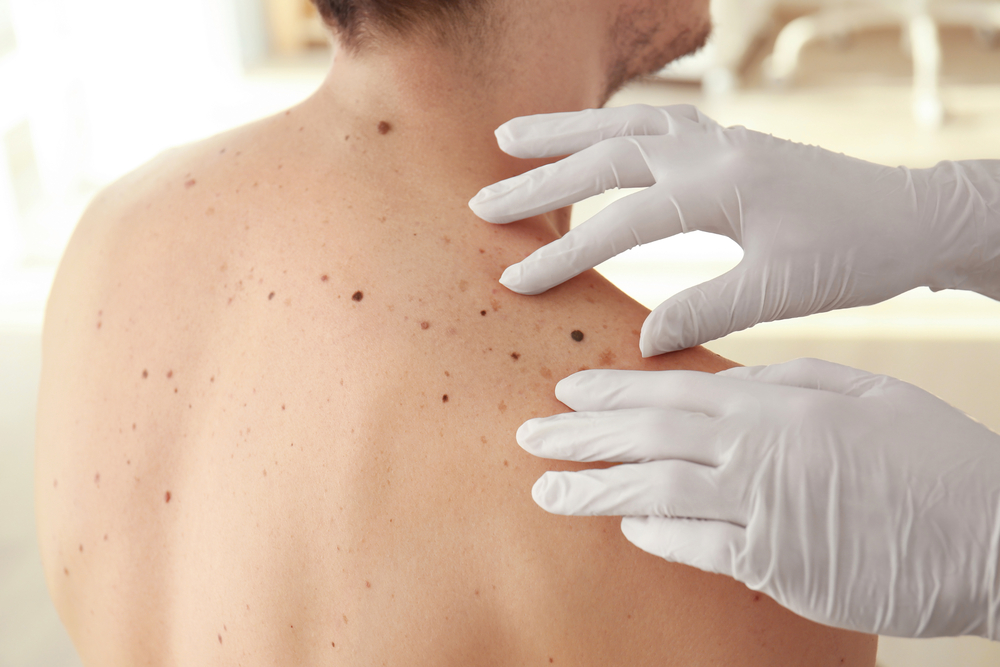Protect your skin potential skin cancer with early detection and professional treatment options.
Protect your skin potential skin cancer with early detection and professional treatment options.
Blog Article
Comprehending the Role of Mohs Surgical Treatment in Dealing With Skin Cancer Cells: A Comprehensive Guide to Dermatology
As skin cancer cells continues to be a pervasive wellness concern globally, ingenious treatment approaches like Mohs surgical procedure are gaining prominence in dermatology - dermatologist. This medical strategy's precision and high treatment rates make it a standout in treating specific kinds of skin cancer cells, especially basal cell and squamous cell cancers. The complying with conversation will certainly offer an extensive understanding of Mohs surgical treatment, its treatment, and the function it plays in skin cancer therapy, welcoming the viewers to discover its advantages and post-operative care
What Is Skin Cancer: Types and Prevalence

Revealing Mohs Surgical Procedure: An In-depth Review
Offered the worrying rise in skin cancer cells situations, particularly cancer malignancy, the medical community has established numerous methods to battle this illness. This medical method is created to eliminate skin cancer cells layer by layer, analyzing each layer for cancer cells until only cancer-free cells stays. Mohs surgery is particularly efficient for treating basic cell carcinoma and squamous cell cancer, the most typical types of skin cancer cells.

The Procedure of Mohs Surgical: Step-by-Step Failure
Without a doubt, recognizing the treatment of Mohs surgical procedure can aid demystify this powerful tool in the battle versus skin cancer. The process begins with the elimination of visible malignant tissue. The surgeon after that draws out a slim layer of additional cells and examines it under a microscopic lense. This step separates Mohs surgical treatment from conventional approaches, as it permits for immediate and extensive evaluation of the extracted tissue. If cancer cells are found, the specialist gets rid of one more layer from the exact same area and repeats the evaluation. This cycle continues until say goodbye to cancer cells are located, ensuring the complete elimination of the condition while protecting as much healthy and balanced skin as possible. The wound is then closed and the person begins the healing procedure.
Advantages of Mohs Surgery Over Conventional Methods
Despite the intrusive nature of the procedure, the benefits of Mohs surgical procedure over typical methods are many and considerable. Foremost amongst these is its exceptional precision. The Mohs method permits the removal of malignant cells layer by layer, ensuring very little damage to healthy cells. This meticulous technique converts into higher treatment rates, especially for recurring or hostile forms of skin cancer cells. Mohs surgical procedure decreases the danger of substantial scarring, a crucial factor to recommended you read consider provided the frequently visible place of skin cancers cells. Lastly, it uses the benefit of prompt verification of full cancer cells elimination, minimizing individual anxiety. While more complex, Mohs surgery is frequently a more reliable and patient-friendly strategy to more dealing with skin cancer cells than standard techniques.

Post-Operative Treatment and Recuperation in Mohs Surgery
Post-surgery, the injury may be left open to heal naturally, stitched up directly, or covered using skin from another area of the client's body. The option depends the original source on the dimension and area of the gotten rid of skin cancer cells. Routine follow-up visits make certain optimum recovery and catch potential indications of cancer cells reappearance early.
Conclusion
Mohs surgical procedure is an extremely exact and reliable approach for treating skin cancer cells, especially basic cell and squamous cell carcinomas. With its unique layer-by-layer removal process and instant tiny assessment, it guarantees complete cancer cells obliteration while saving healthy skin.
Report this page